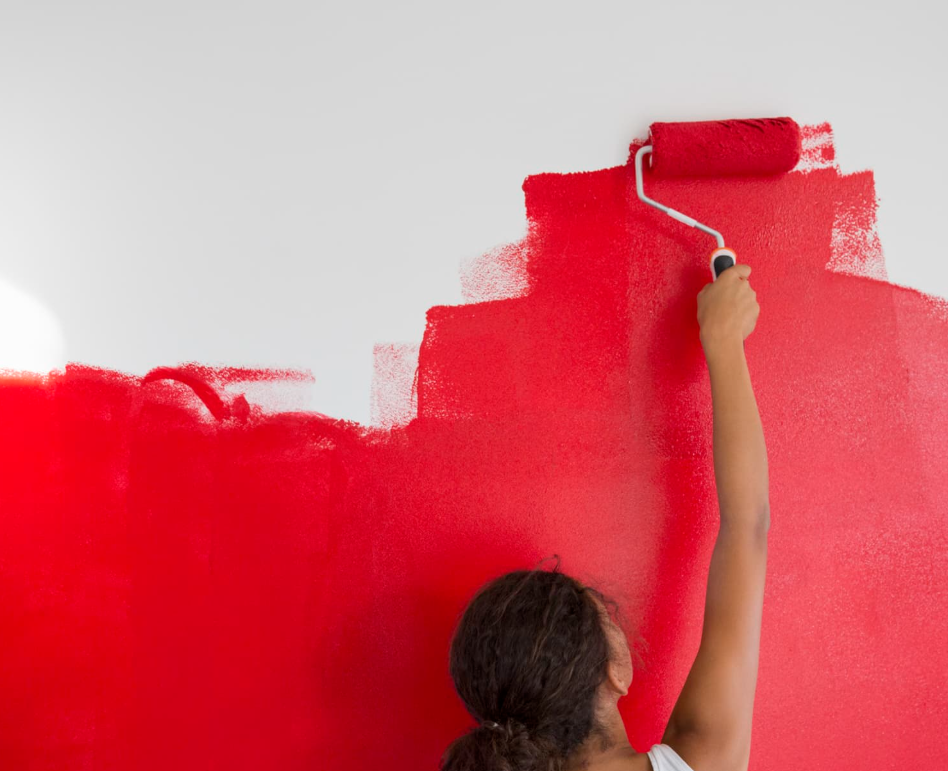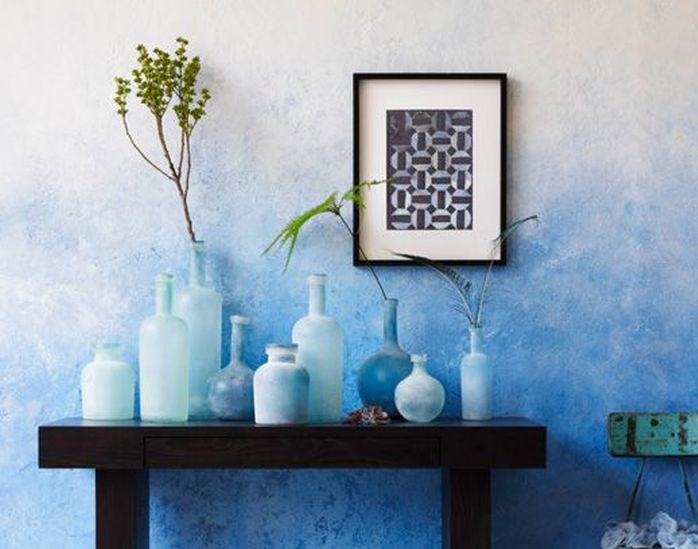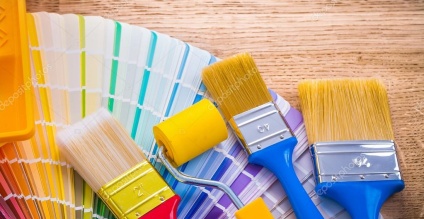What Affects Paint Drying Time—Temperature, Humidity, or Thickness?
What Affects Paint Drying Time - Colour Supplies
Whether you're painting a single room or giving your whole house a fresh look, understanding what affects paint drying time can make the difference between a smooth, stress-free project and a frustrating mess. Many DIY decorators don't realise that the environment plays just as big a role as the paint itself.
In this article, we'll explore the top three factors that affect how long paint takes to dry: temperature, humidity, and paint thickness—plus a few bonus tips to help your project go off without a hitch.

1. How Does Temperature Affect Paint Drying Time?
Temperature is one of the most critical factors when it comes to drying time. Paint dries through evaporation and/or oxidation, depending on the type, and temperature plays a major role in how fast these processes occur.
Most paints—especially water-based emulsions—perform best in temperatures between 10°C and 25°C.
- Too cold (below 10°C): Paint becomes sluggish, tacky, and may not dry properly at all. This can cause it to sag or collect dust and dirt. In extreme cases, it can even lead to cracking and flaking after it finally dries.
- Too hot (above 30°C): Paint dries too quickly on the surface, which can trap moisture underneath. This causes “skinning” or a rough, uneven finish that won’t last.
In cooler months, interior decorating can still be done, but make sure your heating is on low and consistent. For exterior projects, aim for late spring through early autumn for the most reliable conditions.

2. What Role Does Humidity Play?
Humidity refers to the amount of water vapour in the air—and it's a major player in how long it takes for paint to dry.
Here’s why:
- Paint—especially water-based paints—relies on moisture evaporating into the air as it dries.
- If the air is already saturated (i.e., it's very humid), evaporation slows down dramatically.
This can lead to:
- Sticky or uneven surfaces
- Longer drying and recoat times
- A greater chance of trapping moisture under the surface, leading to mildew or blistering
On the flip side, extremely low humidity (such as during a heatwave) can cause water-based paints to dry too quickly, which again can affect adhesion and cause issues like cracking or visible brush strokes.
:strip_icc()/studio-grey-interiors-color-washed-wall-tout-2000-cef673990ee846e0aa32d0f3af2d5202.jpg)
3. Does Paint Thickness Make a Difference?
Absolutely. If temperature and humidity set the stage, how thickly you apply the paint is the star of the show.
Applying paint too thickly is one of the most common DIY mistakes. It’s easy to think that one heavy coat will save you time, but it often leads to the opposite:
- Longer drying times: Thick coats trap more moisture and solvent, so they take longer to evaporate.
- Poor adhesion: The surface might dry, but the inner layer stays soft, leading to bubbling or peeling.
- Streaky or blotchy finishes: Uneven application looks patchy when dried and may require sanding and repainting.
For best results:
- Apply two or more thin, even coats, allowing each to dry fully before adding another.
- Use high-quality brushes and rollers that spread paint efficiently and evenly—ask in-store for our recommended tools for each surface.
- Follow the manufacturer’s “recoat time” listed on the tin. This isn't just a suggestion—it's essential for a long-lasting finish.

Bonus Factors That Influence Drying Time
Besides the big three, a few other variables can impact drying time and the overall success of your project:
Type of Paint:
- Water-based (emulsion): Dries faster and is more forgiving of changing conditions.
- Oil-based (gloss, satinwood): Takes longer to dry due to oxidation and may need up to 24 hours before recoating.
Another factor that affects the drying time is the surface material that is being painted:
- Bare plaster or untreated wood: Soaks up paint more quickly and might need sealing first.
-
Glossy or previously painted surfaces: May repel the first coat unless properly prepared.
Ventilation:
Good airflow helps moisture escape and speeds up the drying process. However, avoid strong draughts that can cause dust or uneven drying. And with that we wrap up our Colour Supplies guide on What Affects Paint Drying Time.

Final Thoughts: Plan Your Painting Like a Pro
What Affects Paint Drying Time
If there's one takeaway, it's this: don’t rush it. Great painting is about preparation, patience, and understanding your environment.
So next time you're reaching for a tin of Dulux or Crown, think beyond the brush. Check the weather forecast. Feel the air. Take your time. You’ll thank yourself later when your finish is flawless—and long-lasting.
Ready to get started? We stock a wide range of interior and exterior paints, primers, specialist coatings, and tools to help you get the job done right. Plus, our in-store team can give expert advice tailored to your space and surface.
Related Articles
Colour Trends 2026: What’s Hot for Walls, Furniture & Features
As we move into 2026, it’s clear that colour is making a powerful comeback. While neutrals will always have their place, bolder and more expressive tones are set to define homes this year—from statement walls to furniture upcycles and even small accents.
Which Tools Give the Best Results: Brushes, Rollers or Sprayers?
When you're planning a painting project—whether it's refreshing a living room, upcycling a piece of furniture, or applying protective coatings to a commercial building—choosing the right application tool can dramatically affect the final result.






